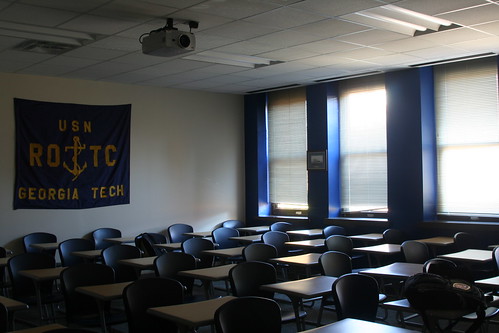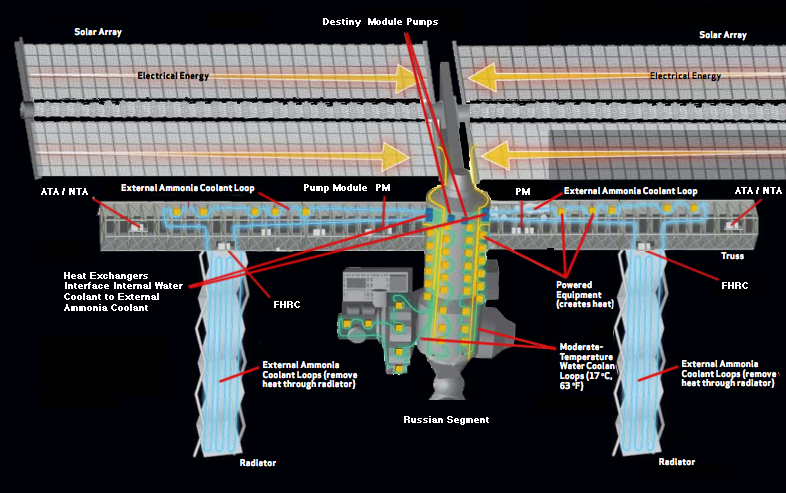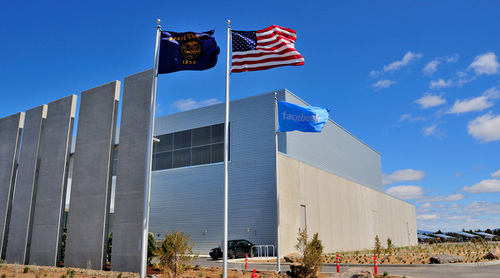Are your lights on when you aren’t in your office? Do you have a problem with glare on screens or even direct line of sight glare? Bad lighting is a problem. Good lighting design is about more than energy efficiency, but should never be accomplished absent consideration of energy performance. In my last blog post I raised my concerns about the lack of progress in regulating lighting efficiency in Chapter 9 of ASHRAE 90.1. While the rest of the standard has made considerable strides in raising the bar driving more engineers and architects to learn and apply increasingly sophisticated solutions in their building designs, Chapter 9 effectively gives lighting designers a pass relative to efficiency. This translates to less efficient buildings overall as lighting efficiency “gains” in Chapter 9 are traded off against less efficient approaches to building envelope or HVAC design. In this post I want to talk solutions.
Eliminate the "Art Lighting" Bonus and Preserve Aesthetics
While I support art and aesthetics as two major sources of positive energy in our lives, I don’t think they require an energy bonus of up to one watt per square foot. In order to gain the wattage needed for decoration, designers should be more innovative and efficient with their core lighting systems. This will provide reserve watts that can then be used for ambiance or the illumination of art. Eliminate the 1 watt per square foot “decorative/art” lighting bonus from the code. This won’t have a big impact because most designers have yet to exploit the code for additional energy points in a scoring system such as LEED.
The IESNA footcandle guidelines [PDF] in the 10th Edition of the IESNA's Lighting Handbook have become so complex that it is difficult for someone experienced in lighting design to know them in depth. In addition, they still appear to require higher light levels in many cases than are actually needed. I’ve talked to a lot of teachers working in 500 Lux classrooms. They are thankful for the controls that enable them to use much lower light levels and the teachers who lack those controls primarily choose to teach with the lights off. But, we still spend tax payer money to install lighting systems that never are fully deployed because that’s what the IESNA says that kids need to learn. Reducing the recommended light levels to reflect the screen orientation of 21st century life and simplifying the tables will help to ensure that the guides don’t require over-illumination and that they can actually be used by most lighting professionals. I know there are a few lighting designers out there who probably love the new tables, but for most of us, they are too much to deal with in light of limited fees and constrained project budgets.
Lighting Innovation Needs Baseline Studies
Back to 90.1 Chapter 9 – I made the point last time about the increase in allowed lighting power density (LPD) for private offices and garages. Some spaces do have lower LPDs than they did in the past, but still not at the level that we are commonly seeing designs achieve. I recommend that the IESNA partner with a group of states with significant new construction activity and undertake a comprehensive lighting baseline study. They can evaluate the installed LPD, the effectiveness of the lighting, issues with products such as dimmed LEDs and provide the data to the industry so that efficiency programs can be developed that recognize the advances already being implemented that are well beyond code mandated efficiency.
Controls bonuses
I recognize that lighting controls are a critical part of a successful, efficient lighting project. We do need to reward the installation of innovative controls. Again, a baseline study would help here. Most projects already install occupancy sensors in enclosed spaces. These are business-as-usual for most design firms and are the most common method we see of complying with control requirements of the code. Daylight dimming is less common, more often poorly designed and likely to result in significant issues, glare being a significant concern. Often we find that daylit offices have the blinds drawn and lights on during a sunny day. This doesn’t save energy, but the project gets credits for reduced use. We need to move toward performance based credits for controls and specify minimum commissioning requirements.
There are lots of opportunities to help move the market beyond current practice to better lighting design. I look forward to the IESNA taking a more proactive role in using its knowledge and constituency to advance efficient lighting design and effective operation.






